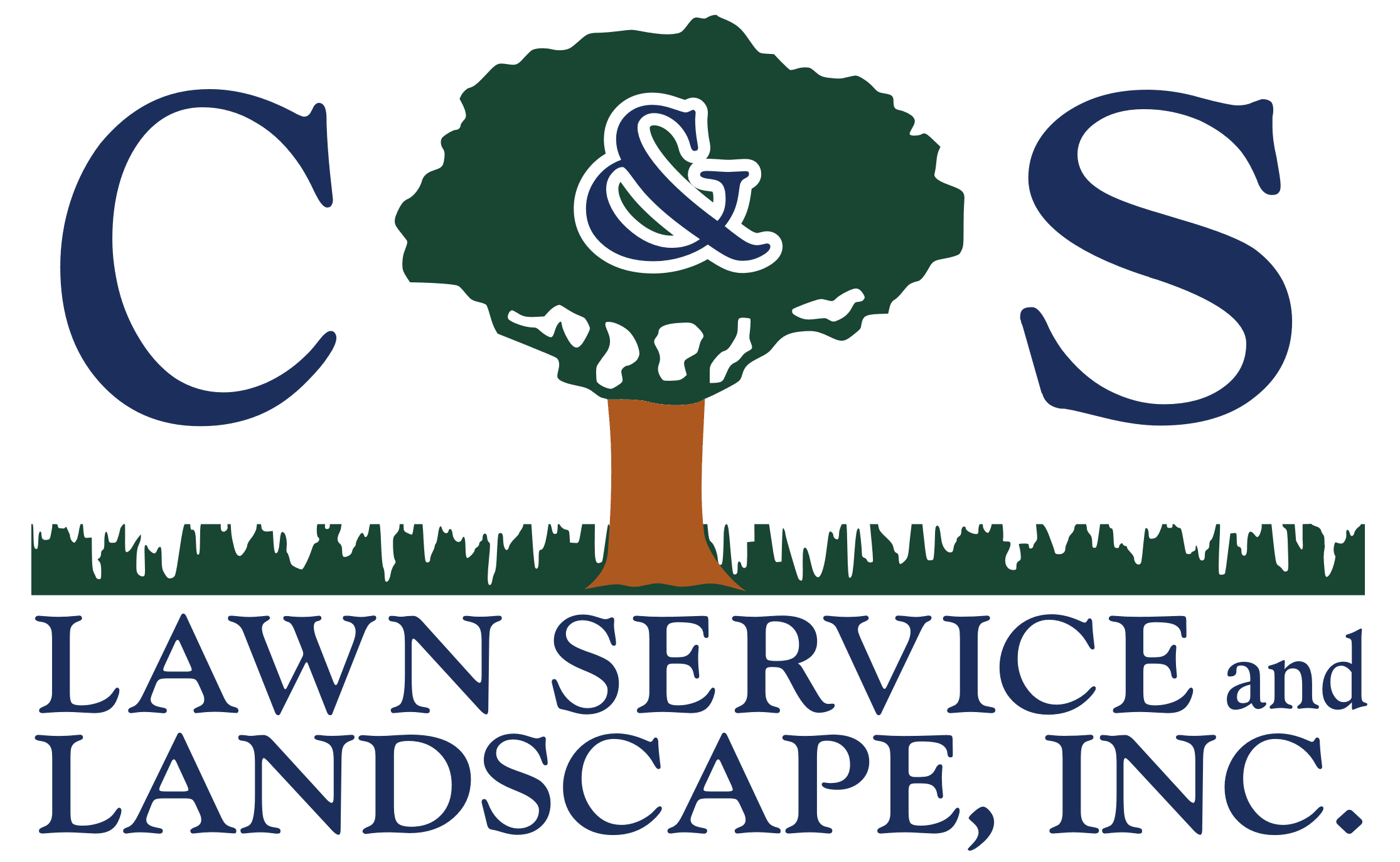Transform Your Montrose or Bath Township, OH Lawn with Professional Lawn Care Strategies
In Montrose and Bath Township, OH, a lush, well-maintained lawn is not just a patch of grass; it's a statement of pride and a testament to the beauty of your home. Achieving and maintaining such a lawn, however, requires more than just regular mowing. It involves a comprehensive understanding of lawn care strategies. Here's how you can transform your lawn into a vibrant and healthy landscape.
Related: RICHFIELD TOWNSHIP OR COPLEY TOWNSHIP, OH GRASS LOOKING SPOTTY? SEE THE LAWN FERTILIZATION CHANGE
Understanding Your Lawn's Unique Needs
Every lawn has its unique set of characteristics and needs. The type of grass, soil quality, sun exposure, and local climate all play a crucial role in determining the care your lawn requires. Identifying these factors is the first step towards creating a lawn care plan tailored to your specific situation. It ensures that the efforts put into your lawn are effective and yield the best results.
Regular and Proper Mowing Techniques
Mowing is not just about keeping your grass at the right height; it's about doing so in a way that promotes healthy growth. Mowing with a sharp blade is essential to prevent tearing and stressing the grass. Also, the height at which you cut the grass can significantly impact its health. Cutting it too short can stress the grass, while leaving it too long can lead to thatch buildup and various lawn diseases.
Related: HOW THE PROS MAKE LAWN CARE SEEM EASY IN THE BRECKSVILLE AND COPLEY TOWNSHIP, OH AREAS
Strategic Watering Practices
Watering your lawn seems straightforward, but it requires a strategic approach. Overwatering can lead to shallow root systems, making your lawn more susceptible to drought and disease. Conversely, under-watering can stress the grass. The key is to provide deep, infrequent watering that encourages deep root growth, making your lawn more resilient and healthy. Additionally, the best time to water your lawn is in the early morning, which reduces evaporation and maximizes water absorption.
Fertilization for a Lush Lawn
Fertilization is critical for maintaining a lush, green lawn. It replenishes essential nutrients and helps your lawn fight off weeds and diseases. However, the type of fertilizer, as well as the timing and method of application, can vary depending on your lawn's specific needs. A professional approach ensures that your lawn gets the right nutrients at the right time, promoting healthy growth throughout the season.
Weed Control and Prevention
A weed-free lawn is not only more aesthetically pleasing but also healthier. Weeds compete with grass for nutrients, water, and sunlight, often leading to thin, patchy lawns. Effective weed control involves both preventive measures and active removal. Pre-emergent herbicides can prevent weeds from sprouting, while post-emergent treatments can help control existing weeds. Remember, a healthy, dense lawn is the best defense against weed invasion.
Dealing with Pests and Diseases
Pests and diseases can quickly turn a healthy lawn into a troubled landscape. Identifying and addressing these issues promptly is crucial. Common lawn pests in our area include grubs and chinch bugs, while diseases like brown patch and dollar spot can also be problematic. Professional lawn care strategies include regular monitoring and the use of appropriate treatments to keep these issues at bay.
Aeration for Soil Health
Aeration is a process that involves removing small cores of soil from your lawn to improve air, water, and nutrient penetration. This process is particularly beneficial for lawns with compacted soil or heavy thatch buildup. Aeration promotes root growth, improves drainage, and helps create a stronger, more resilient lawn. Performing aeration during the right time of the year is critical for the best results.
Seasonal Lawn Care Adjustments
Lawn care is not a one-size-fits-all approach. Your lawn care strategy needs to adapt to the changing seasons. Spring is the time for rejuvenation, focusing on fertilization and weed prevention. Summer requires attention to watering and mowing practices, while fall is ideal for aeration and preparing the lawn for the winter months. Each season brings its own set of challenges and opportunities for lawn care.

